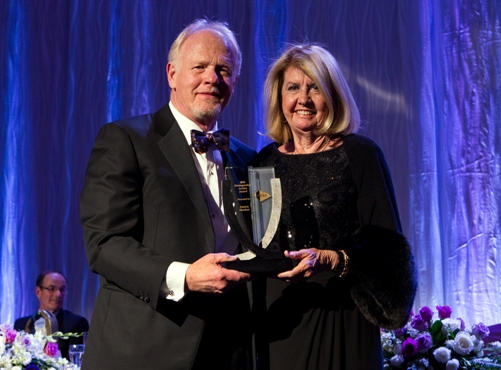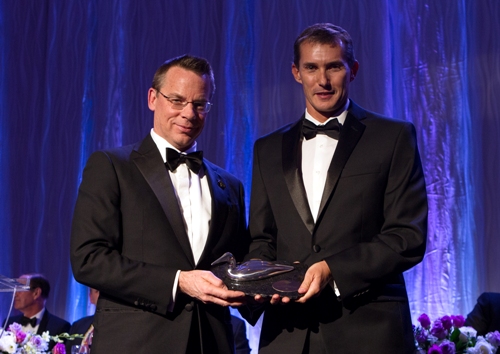Only eight years ago, De Beers celebrated the opening of Snap Lake — a landmark project for the diamond producer. The diamond mine in Canada’s remote North West Territories was De Beers’ first outside its African heartland and the first completely underground diamond mine in the country. By the end of 2014, $2.2bn had been spent on development and operations.
Yet today, not a single diamond is being produced at Snap Lake, which has been closed with the loss of more than 400 jobs as De Beers responds to one of the worst market downturns in diamonds for years. This year, De Beers will consider whether the mine has a viable future. As recently as 2014 the mine was producing 1.2m carats of diamonds annually.
The temporary closure of the mine summed up the problems facing the diamond industry during 2015, when a downturn gathered pace and led to financial pain for miners, dealers and retailers.
























